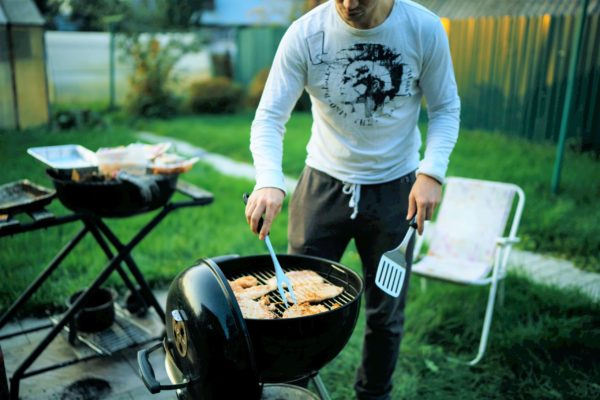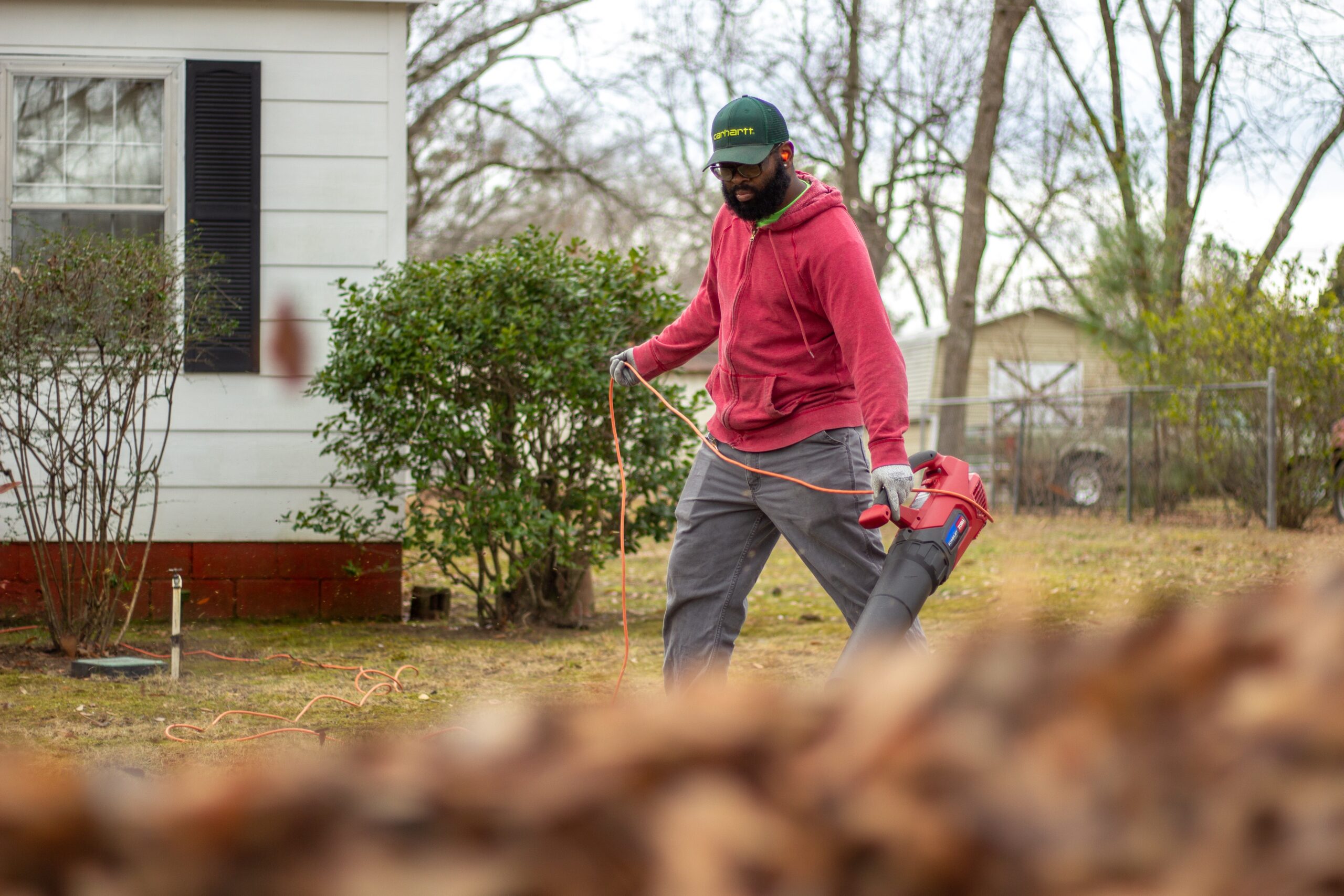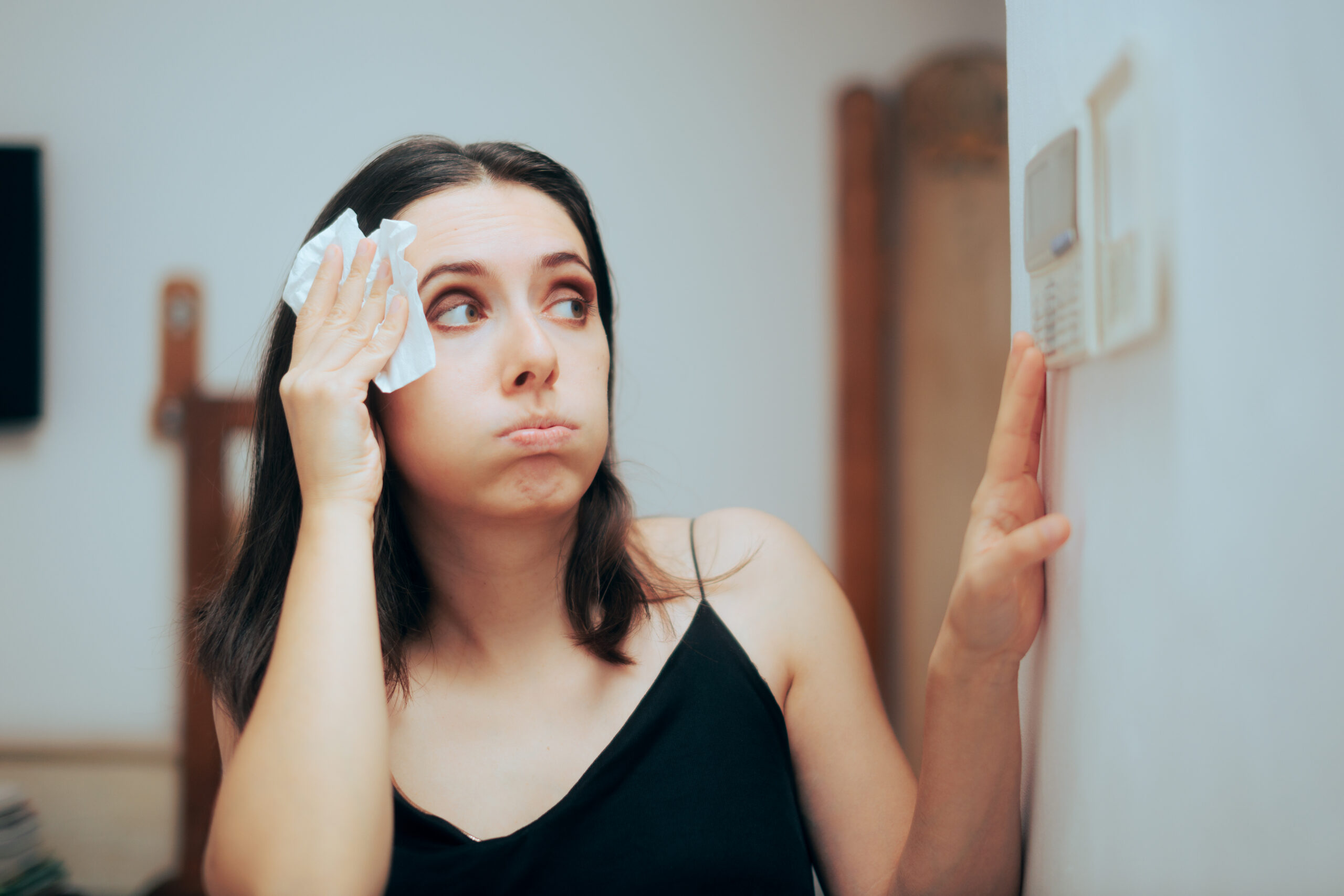It’s summertime, and that means you could use a few energy hacks for your house. Whether you’re in a one-bedroom apartment by yourself or a five-bedroom house with your kids plus visiting relatives, these tips to save energy will help with your electricity bill.
1. Don’t leave electronics plugged in when not in use
There are quite a few electronic devices that can drain energy from your outlets even when they’re off! This is known as “standby power”, “vampire power”, “phantom load”, and more. Unplug them when you’re not using them to save electricity and money. You can also get an advanced power strip that will help reduce wasted energy from inactive devices.
2. Use fans and turn off unnecessary fans/lights
Combining the use of ceiling fans with your air conditioning will help conserve energy. The fans will help circulate the cold air so that you don’t need the A/C to work as hard, and you can turn the thermostat up to 4 degrees higher while keeping the same level of comfort. Don’t forget to turn off any fans, as well as lights, whenever you leave a room. Like unplugging unused electronics, this will help conserve that much more energy.
3. Be more energy-efficient when washing clothes
Wash your clothes in cold water. Heating the water makes up the majority of the energy used by a washing machine, and the heat actually isn’t needed except for certain stains. Plus, the cold also helps preserve color! You can even turn down the temperature of the water heater itself to save you money overall – everything is already hot during summer, why add scalding water to the list?
Other ways to be an energy saver when cleaning your clothes include: wash only full loads to reduce the amount of times your machine uses up electricity, do your washing during off-peak hours (check with your utility company to find out the exact times), and air-dry your clothes rather than using the dryer. If you’re just starting, these energy conservation measures might take a little while to get used to. But once they’re habits, you’ll be saving a lot in the long run.

4. Raise the temperature of your thermostat
It’s hard to resist blasting cold air during a sweltering summer, but you don’t necessarily need your house at 72 degrees to stay cool. You should keep your thermostat at no lower than 78 degrees to get the most out of your money. The higher you’re able to keep the temperature of your house, the more money you’ll save.
While this may seem obvious to some, it can still be hard to put into practice. Who wants to be sweating walking around their house when that should be the one place you can control your level of comfort? This is completely understandable, and you can still take advantage of your thermostat by turning it to a higher temperature when no one’s at home. You get to be comfortable while you’re there and save money while you’re not! If you’re interested but forgetful, it’s time to use a programmable thermostat to raise the temperature when everyone’s leaving for work, errands, school, and so on – then lower the temperature when everyone is returning. You can set it and forget it! If you’re going to install a smart thermostat, make sure to check with your energy provider as they might offer incentives for switching!
5. Replace air filters
Another fairly simple but easy-to-forget tip is to replace your air filters! While often overlooked, cleaning your vents regularly and replacing the filters every couple of months can be a great energy saver. Dirty filters can make it harder for your air conditioner to absorb heat thanks to the blocked airflow. Once you’ve cleaned things up, your air conditioner’s energy consumption can be lowered anywhere from 5-15%. Keeping up with clean air filters can make a huge difference in the long run!
6. Reduce oven use
Use your oven as little as possible while it’s hot out. It heats up your kitchen, which increases your energy use in summer, as it’s yet another obstacle that will make your air conditioning have to work harder. Instead, try grilling outside, or using a crockpot, air fryer, or microwave. Toaster ovens are great for single meals at a time. If you really, really need the big oven for a meal, do your best to cook a bigger amount all at once, so you’re prepared for the week and won’t need to turn it on again until the next meal prep.

7. Switch your lightbulbs
When it comes to energy saving, LED lights are miles ahead of incandescent. Incandescent bulbs only turn about 10-15% of the electricity they use into light. The rest? Turns into heat waste! And you want neither heat nor waste if you’re learning how to save energy at home. LED lightbulbs, on the other hand, are much more energy-efficient. Compared to standard incandescent lights, they use 75% less energy and last 25 times longer. And of course, they run much cooler, so you’re not wasting more energy with your air conditioning trying to keep the temperature down!
8. Keep your fridge running efficiently
Did you know keeping your fridge at the recommended setting of 37°F and your freezer at the recommended 0°F can help you save energy? If you turn it down any more than that, you’re wasting power you could be conserving. Don’t forget to clean the coils on the back a few times a year so your refrigerator can keep performing at tip-top shape. Also, try to keep your fridge somewhere from 2/3 to 3/4 full. It takes less power to keep the fridge cold when there are cold items in it, but there does need to be enough space that air can circulate.
9. Close your curtains and blinds
One of the easiest actions you can take to keep down that energy bill is to close all of your blinds or curtains when the sun is out. Sunlight can create a greenhouse effect that you want to minimize. When your windows are completely covered by either curtains or blinds, you can cut your home’s heat gain up to 33-45%. Focus on the windows that face south or west, as those tend to take the majority of the sun’s heat each day.
If you still want to let in some natural light so that you don’t need to use as much electric lighting, you can open the curtains or blinds on your north-facing windows. They tend to allow very little heat gain and practically no glare. If you’re keeping up with all the other tips on this list, leaving these shades open shouldn’t affect your energy bill in any noticeable way.
10. Insulate your home
Last, but definitely not least: prevent your cool air from leaking out and stop hot air from seeping in. Seal everything! From windows to doors to anywhere else you find a crack, get it covered. For a quick temporary remedy, you can roll up a towel, wrap tape or a rubber band around each end, and put it at the bottom of each door on the inside.
For a more permanent solution, use weather-stripping for areas that move, like around a door or along window sashes. Put caulk on areas that are stationary, like the frames of the doors or windows. You can save up to 30% of not just your summer cooling costs but your winter heating costs, too.

Keep your energy waste and your costs down as the summer gets hotter and hotter. Don’t forget to pass out the ice cream and the popsicles, so you can take advantage of one of the most fun ways to cool down! As you move toward an efficient energy lifestyle, you’ll find that there are many other opportunities to take advantage of. Start by reducing your energy use in summer, and you’ll be seeing the benefits in no time.
Looking for more energy hacks? Download our free guide!
Want to go solar so you can stay air-conditioned while saving money in the long run?




